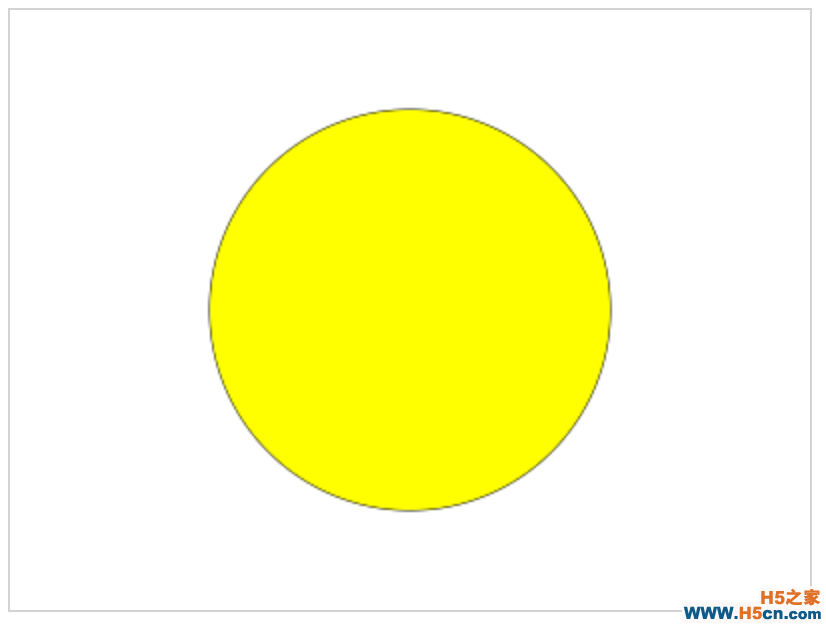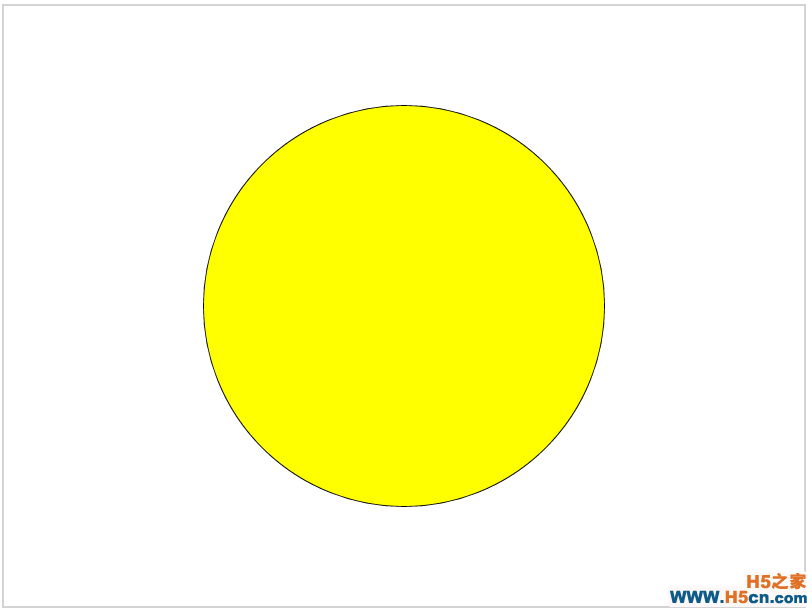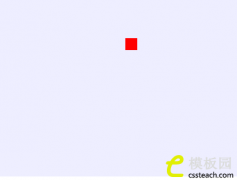在说解决办法之前,例行惯例,简要的说明一下Html5中的Canvas。Canvas是Html5制图中常用的元素,但其本身并没有绘制能力,它仅仅是图形的容器,要制图还必须依靠脚本。按照Canvas中提供的方法,我们绘制出各种我们想要的图形,本来说这样就已经很棒了,但是有一个致命因素让人很心塞。对美观比较讲究的同学几乎不能忍这个因素,就是绘制的图无比的模糊!!!
所以本人在研究过各种办法,也用过国外大神的库hidpi-canvas-polyfill,但也遇到了一些很难避免的问题。于是经过几次尝试之后,最终采用了一种简单粗暴的办法:将canvas绘制过程放大2倍,然后将整个canvas元素或者其父元素缩小两倍。
我们先看一个没有做过处理的栗子,我们可以看到该栗子画出来的圆,那叫一个模糊,巨丑啊。
<!DOCTYPE html> <html> <body> <canvas> Your browser does not support the HTML5 canvas tag. </canvas> <script> var c=document.getElementById("myCanvas"); var ctx=c.getContext("2d"); ctx.beginPath(); ctx.fillStyle="yellow"; ctx.arc(200,150,100,0,2*Math.PI); ctx.stroke(); ctx.fill(); </script> </body> </html>
下面我们再来看看,做放大处理然后再缩小的效果。
<!DOCTYPE html> <html> <head> <style> .container{ zoom:0.5; } </style> </head> <body> <div> <canvas> Your browser does not support the HTML5 canvas tag. </canvas> </div> <script> var c=document.getElementById("myCanvas"); var ctx=c.getContext("2d"); ctx.scale(2,2); ctx.beginPath(); ctx.fillStyle="yellow"; ctx.arc(200,150,100,0,2*Math.PI); ctx.stroke(); ctx.fill(); </script> </body> </html>我们再看效果,画出来的图是不是细腻了许多。

这里我们有几点需要注意:
 相关文章
相关文章


 精彩导读
精彩导读 热门资讯
热门资讯 关注我们
关注我们
